As with the Typhoon, the Starhawk is a vehicle you can just “plug
and play,” and is found in GURPS Spaceships 4. And like with
the Typhoon, we need to convert it into our new system and, while
doing that, why not make the Starhawk our own? And so, I’d
like to take a moment to ponder the Starhawk, its design, its
inspirations, its mission, and what a semi-original take on it might
look like.
The Starhawk, as written in GURPS Spaceships 4, is a pretty good
vehicle. It has no obvious flaws or errata that I can see. It has
plenty of maneuverability, firepower and durability, and accurately
reflects its inspiration, which is obviously the X-wing. It handled
well in my playtests, and I expect it to be as popular in Psi-Wars as
its inspiration was in Star Wars. The only
real
problems I can see with the design is that it has wings (despite not
needing them), and that it can’t “move” its wings
the way an X-wing can, so it really only has one “mode”
of flight (perhaps it can
move its wings, but this makes no mechanical difference to the
vehicle). It’s also a
complicated beast to manage, as you need to play with the power
points of beg your tech-bot to boost the system. This seems
more feature than bug, an
intention of the design, but
it’s a feature that might not translate well to our new design.
The gun is also a problem: GURPS SS has a sort of “maximum
reasonable gun” for a
given SM, but our vehicles
don’t have to follow that, and a single high ROF gun is
definitely cheaper and lighter than 4 weapons with ROF 1 that have
the same damage.
Most
of these problems can be addressed with a simple conversion. Our new
system does require
wings, and allows for variable wing geometries, and there are ways to
handle power-points and such. The gun we’ll have to either
accept or change and thus fundamentally change the design of the
vehicle.
The X-Wing
The Starhawk is
clearly
inspired by the X-Wing, which I would argue is the most iconic of the
Star Wars fighters, and may be the most iconic sci-fi starfighter of
all time (though probably not the most iconic starship: the
Enterprise, Millennial Falcon and the Death Star probably beat it
out). It’s very popular, but that doesn’t mean it can’t
use some improvements.
The single biggest concern that I
have for the X-wing is precisely how
iconic it is. When doing my homework for TIE fighters, I had only to
google up “alternate TIE fighters” to get a bevy of ideas
and artwork for new TIE fighters, but with X-Wings I had no such
luck.
There are, of course, a variety of models, but they all look and
perfrom virtually the same.
A few specific details might change here and there, but the core
elements of “moveable wings that can form an X” and the
pointed nose and the astromech all remain. This leaves me with a
conundrum: either I copy an iconic Star Wars fighter, which I think
damages Psi-Wars as an “original setting” or I make
serious changes to the fighter that threaten its “Star
Wars-ness.” This, I think, will be the trickiest and most
contentious part of the design.
The other issue worth raising are
the guns and their placement. Fighters use to place their guns on
their wings mainly to get around their propeller, and it required
them to make concessions. For example, they needed to make their
guns converge on some point in front of the fighter, which limited
how far away, and how close, they could shoot. It’s not clear
to me at all why one would need
to mount your guns like that. Such
a mounting might help dissipate heat while using the wings as a sort
of radiator, but frankly you could do that with a body-mounted cannon
too, and such a weapon would fire directly along the center-line of
the craft allowing greater range, and a single high ROF cannon is
more economical than multiple low ROF cannons.
Another quibble: the X-wing has
four, pod-mounted engines. Pod-mounted engines are, of course, real
things and offer interesting options, like preventing your vehicle
from being catastrophically destroyed when one of its engines are
destroyed, so this is fine.
However, the
new trilogy has things that look
like pod-mounted engines, but evidently aren’t, as the engine
is mounted on the main body, in the back (you can clearly see this in
the Last Jedi when Poe Dameron accelerates at the Dreadnought).
What, then, are those things on the wings? Why are they there?
The X-wing has a few non-obvious
features, such as cargo space for the pilot. It’s not much
more than survival supplies, and you see Luke pulling gear out if it
in the Empire Strikes Back, but it’s an interesting option.
Paired with its hyperdrive and its life-support, it’s a vehicle
that one could travel the galaxy in. I’m not sure why you need
a fighter that can hyperjump on its own (what’s the point of a
carrier, then?), but it says something interesting about the
long-range nature of the X-wing.
I must also admit to being in
love with the idea of an astro-mech. The purpose of it isn’t
entirely obvious in the movies, but the astromech handles the
navigation of hyperspace and
it acts as a second crew member. In my research, I discovered that
many fighters have two crew members, typically a pilot and a crewman
(“Goose” from Top Gun is the latter). This crewman can
handle things like sensors, ECM, comms, etc, which frees up the pilot
to just focus on flying and fighting, and I suspect our astromech
fulfills a similar role.
All the rest makes a considerable
amount of sense, from the deflector screens to the cockpit design and
even the ejection system (assuming that it doesn’t just spit
you out into space without a vacc suit…). There’s a
reason its a popular craft: it looks cool,
and it makes sense, more
or less.
The Starhawk Inspirations
This article by
Popular
Science compares the X-wing to the Supermarine Spitfire: both
have exceptionally thin wings, high speed and maneuverability and
multiple guns. The spitfire had four guns
per wing.
I did some research into why
people would mount so many guns on wings, and it turns out its
because these light machine guns needed to make up for their lack of
killing power when it came to shooting down other fights. Why not
just mount autocannons, then? The answer is: they didn’t have
them at the time, for whatever reason. Once their manufacturing
capacity caught up to demand, spitfires began to sport 20mm
autocannons.
Other
sources compa
re the
X-Wing to the P40 Wildcat, and prefers to compare Star Wars to the
pacific theater than to the Battle of Britain. Compared to the Zero,
the P40 was less maneuverable, but more robust and generally more
broadly capable. This is an apt comparison, as we would generally
expect one to want to be in an X-wing rather than a TIE-fighter.
Where a TIE fighter is a mook ship that does one thing and does it
well, the X-wing is a robust jack-of-all-trades fighter that gives it
flexibility and robustness more appropriate to a hero-fighter, and
needs to use that flexibility, paired with team-work, to defeat the
more specialized TIE fighter.
For more modern examples, the article above compares the X-Wing to
the F-16. They argue that an X-Wing is a combination of fighter and
strike craft, and I think this is accurate. While the Y-Wing was
clearly the “heavy fighter/bomber” craft, the X-wing
could supplement it if necessary, thanks to its proton torpedoes. We
often see this sort of fighter which fulfills multiple roles, and the
X-wing seems an iconic example, and that makes it a sort of ideal
“player” ship.
But for me, the best modern metaphor for an X-Wing is the F-14
Tomcat, and not just because I watched Top Gun recently. It’s
a carrier-capable fighter with variable sweep wings and a second
crewmember. Sound familiar? The complexity of flying the craft and
camaraderie between tech-bot and pilot on a Starhawk would match that
of the crew of an F-14.
When it comes to fiction, I find it hard to find a good example of
an X-wing-type ship outside of Star Wars. The Old Republic has their
Talon/Liberator class fighter and Wing Commander has its Hellcat, and
really, if you look around, you can find any “typical heroic
fighter” in any story. That’s what the Starhawk
ultimately
is: a fighter for
a hero to engage in any sort of space adventure. This is why it has
a hyperdrive and why it has a compartment for supplies and why it can
be super-maneuverable but also super-tough, etc etc etc. In a sense,
I find this its greatest weakness thematically, and why it’s
hard to find parallels: the X-wing is distinct in appearance, but
indistinct in mission. The X-wing is either “okay” at
everything, in which case it’s like a Hellcat from WC3, or it’s
“the best” at everything, in which case, why do you have
other fighters? Star Wars needn’t make compromises on its
designs, but we do and the question is where
we make those compromises.
Another big problem I face is how
to take such a visually distinct vehicle and create another that
captures the spirit of the X-wing while still being original, and the
best craft I can find for inspiration in that regard is, of all
things, the U-Wing of Rogue One. Like the X-wing, it has four
engines and variable wings, but it has two, which sweep forward and
back. With the wings fully swept back, we might have a “delta-swept
wings” and maximize your speed. Classically, with lateral
wings, we have maximum maneuverability, but we can make them
forward-swept “high agility” wings like the wings of a
hawk (our namesake) for our maximum maneuverability, and we can bring
the wings against the fuselage for maximum compactness when on the
carrier. A neat trick. Thus, if we take the back half of the U-wing,
replace the front-half with a sleeker, fighter-like design, and
shrink the entire vehicle down to a one-man fighter rather than a
full transport, then I think we have a vehicle that captures the
dynamics of the X-wing without looking like an x-wing.
The Starhawk 2.1 Mission Profile
Our design should reflect the intended
usage of the Starhawk, and thus, we need to know what that intended
usage is.
If we argue that the Starhawk is an
Alliance ship, then the Alliance is governed by elites who want to
excel at battle, who want to participate in all engagements, and who
want to survive. A pilot becomes the equivalent of a well-armored
knight.
What we get is a multi-role
fighter, something that must be quick enough to act as an
interceptor, agile enough to act as a dog-fighter, and with
sufficient armament to be a strike fighter, and sufficient durability
to keep its pilot alive. The one thing such a ship wouldn’t
have is a cheap price-tag, but it represents a vehicle where its
designers bet
on quality over quantity. The complexity of the craft favors
experienced/elite pilots who know how to manage the variable sweep
and how to handle a wide array of missions, which also favors a
“quality, elite aristocracy” over the masses of
combatants.
The hyperdrive is an unusual
choice, but it says a few things about the mission. First, it means
the fighter is not reliant on a carrier. It might use a carrier,
especially for longer jumps, but it extends a carrier’s reach
considerably, and a squadron of planet-based fighters could join a
larger fleet ad hoc and make a strike with them without worrying
whether there was enough room on a carrier. This suits the “ad
hoc” nature of Alliance defenses, as local planetary defenders
need only have a Starhawk on hand to join the fight, provided the
fight isn’t half a galaxy away. Further, paired with internal
rations and 5-day life-support, the craft can act as a personal
transport vehicle in a way a Typhoon cannot. If you have a Starhawk,
you can access the stars, whether to fight for a good cause, to
become a mercenary, or to become a pirate.



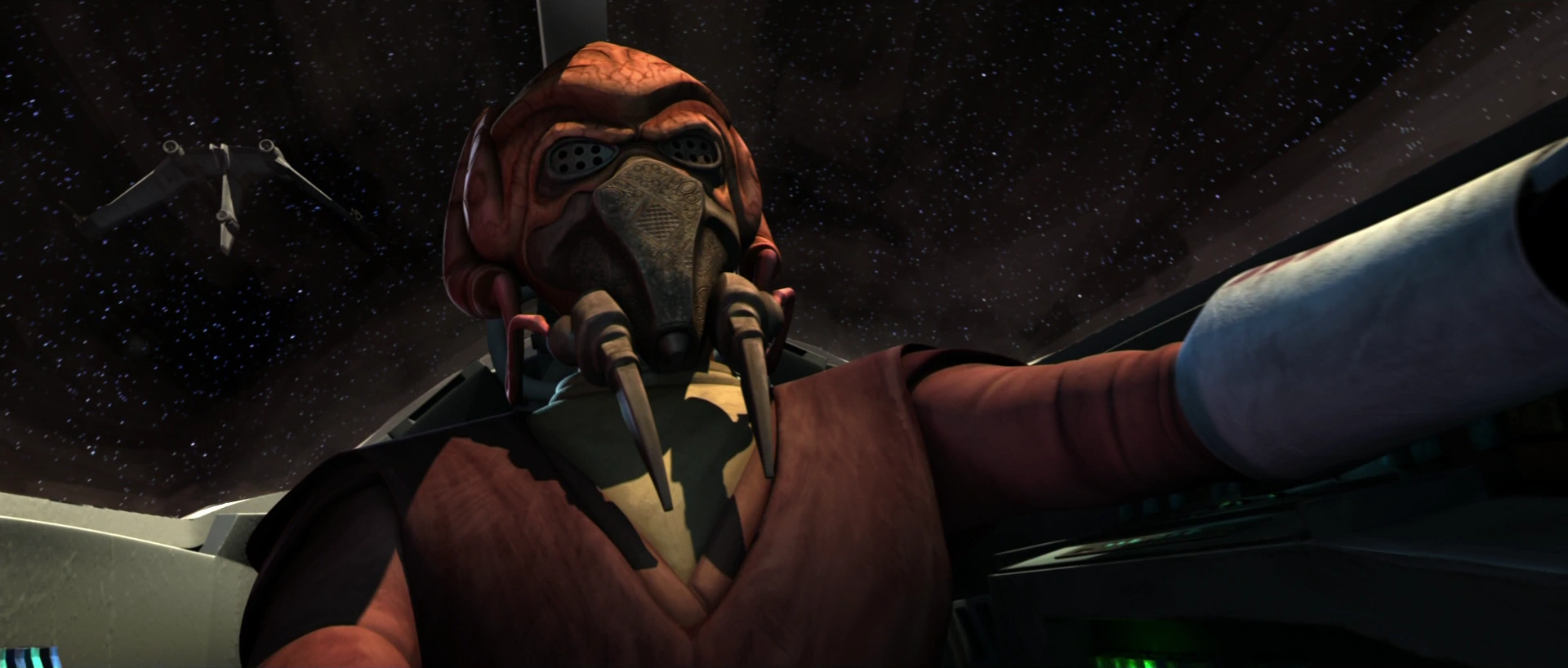





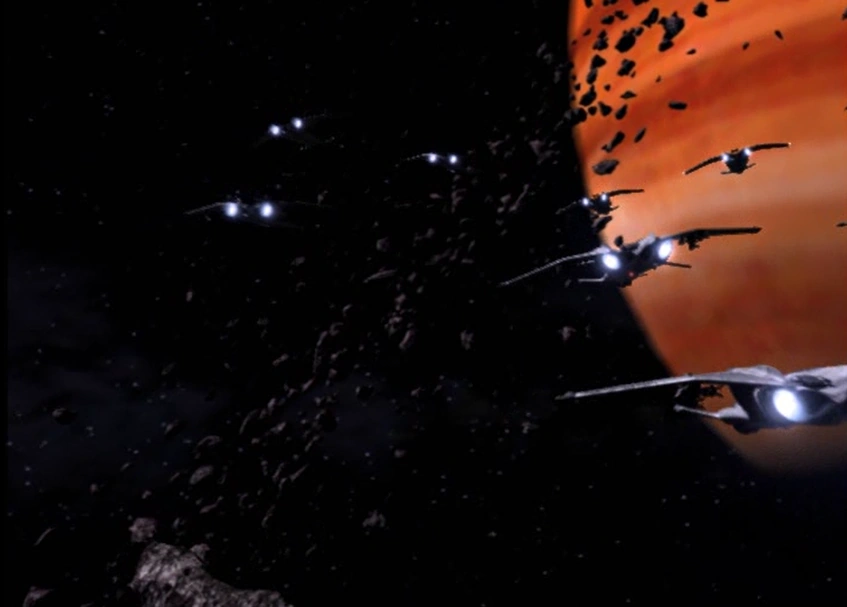
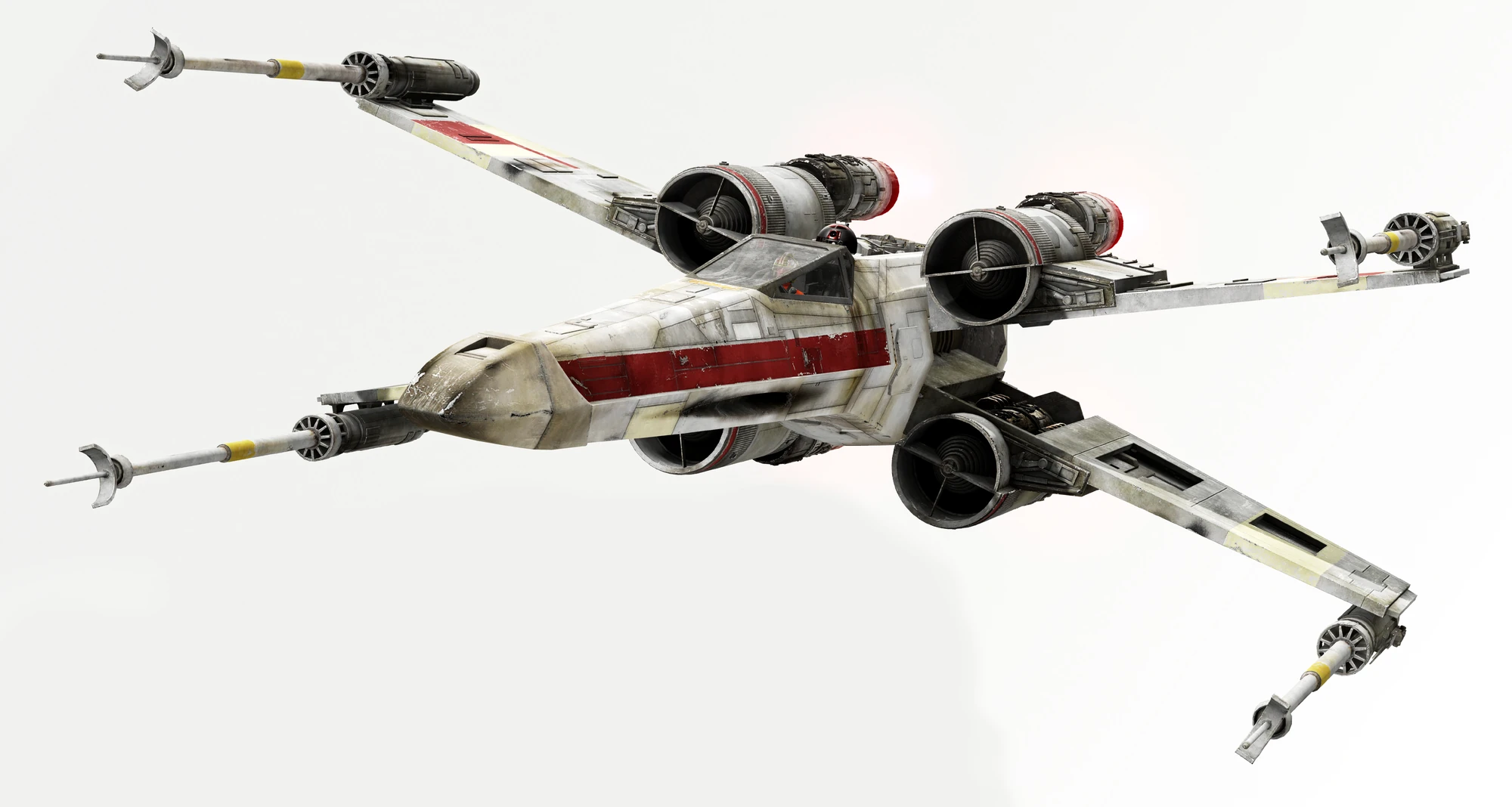



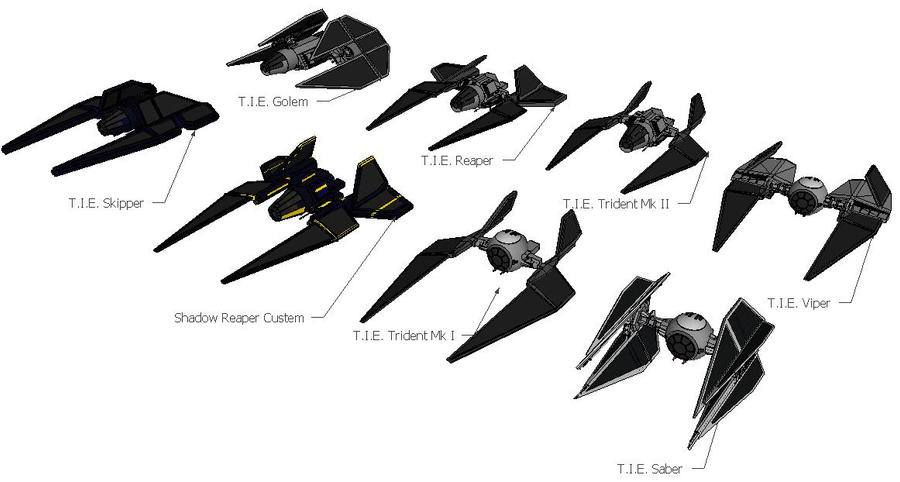

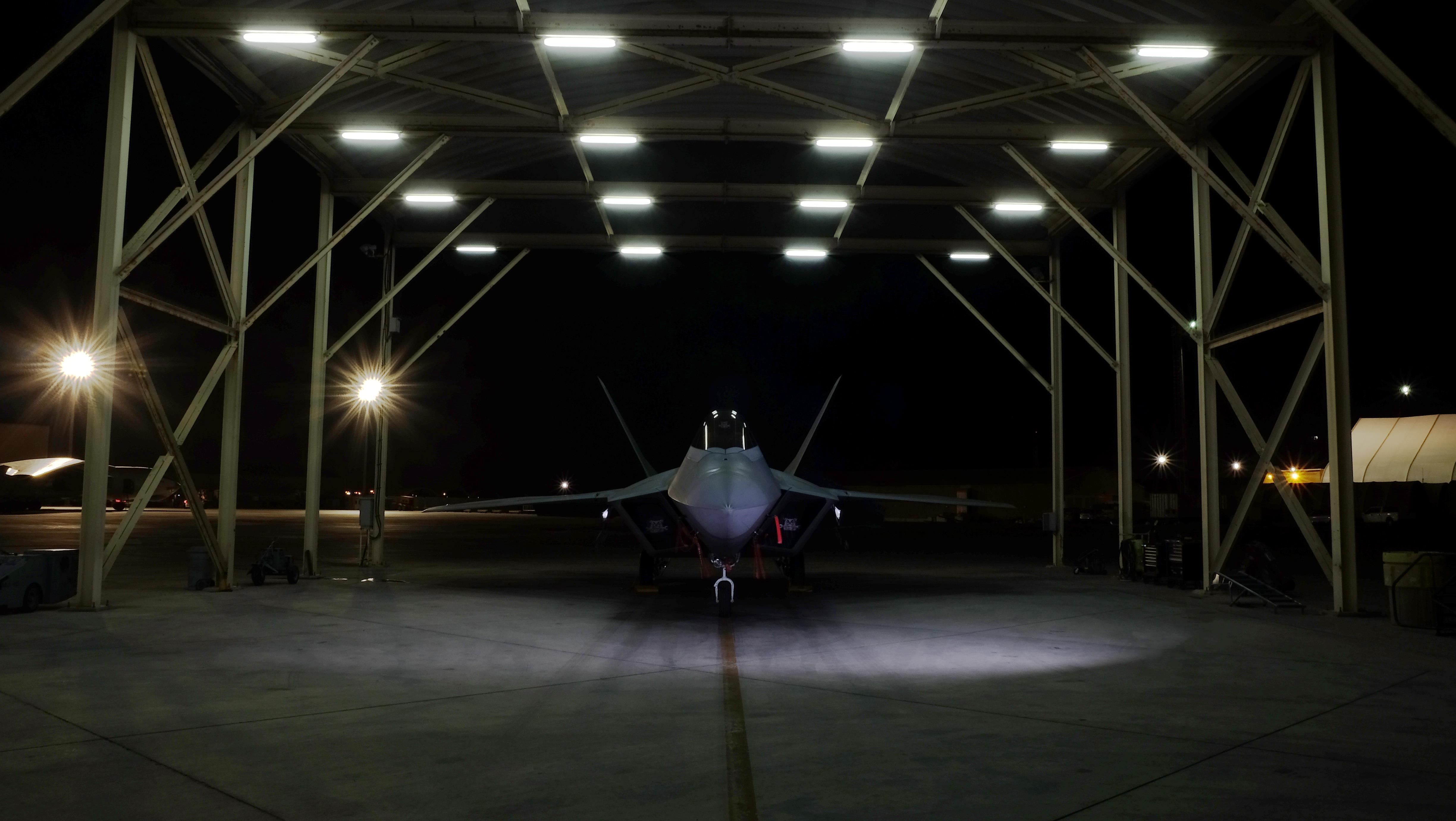
.jpg/250px-Boba_Fett_(10584974375).jpg)